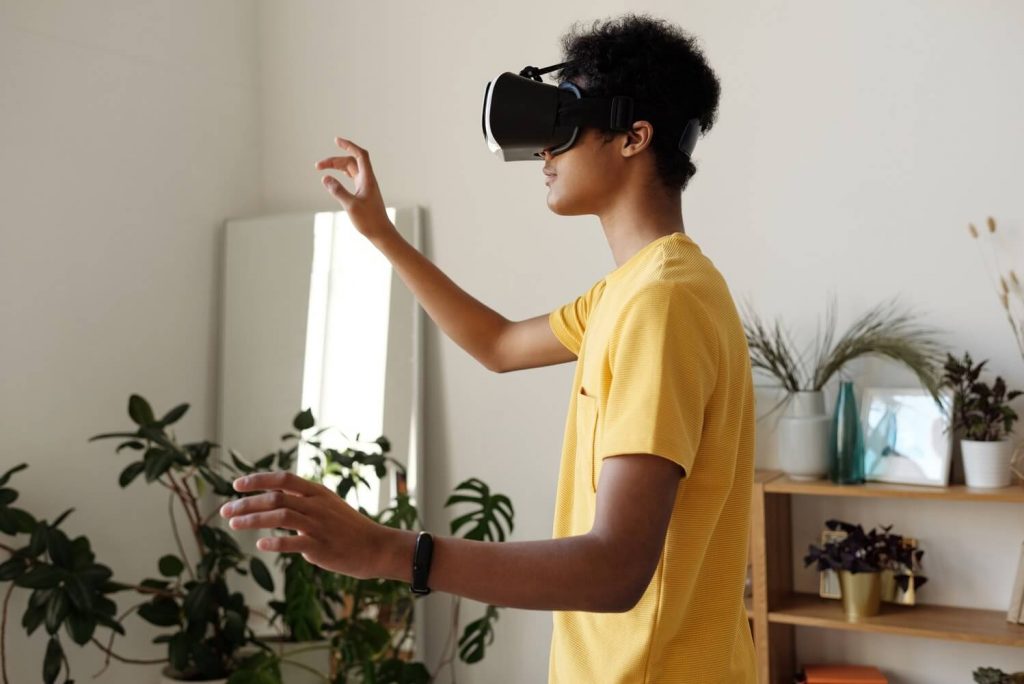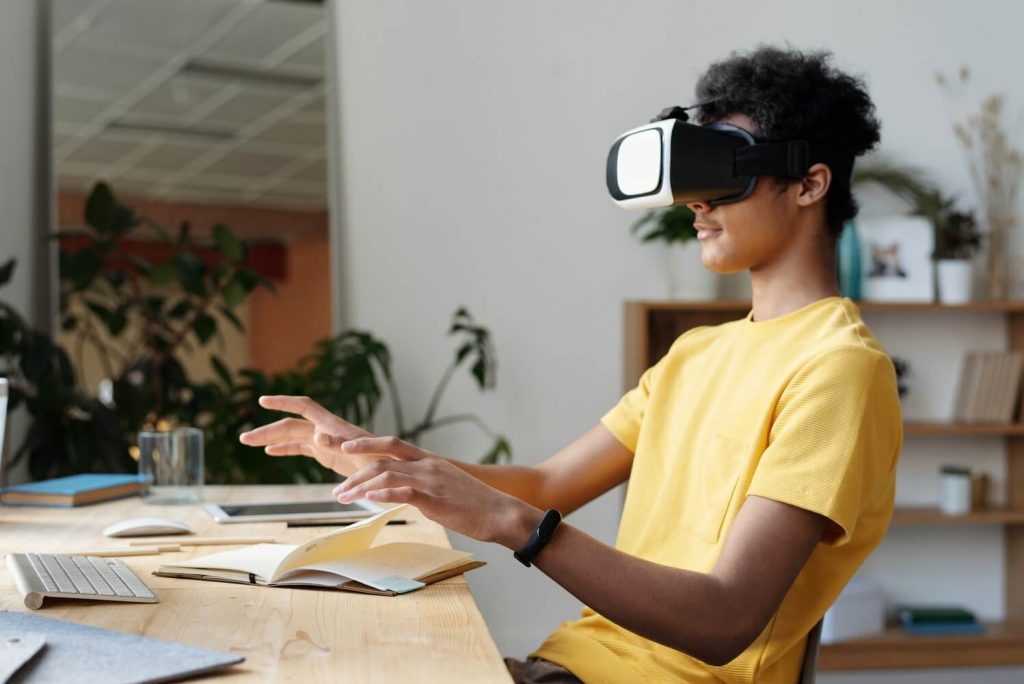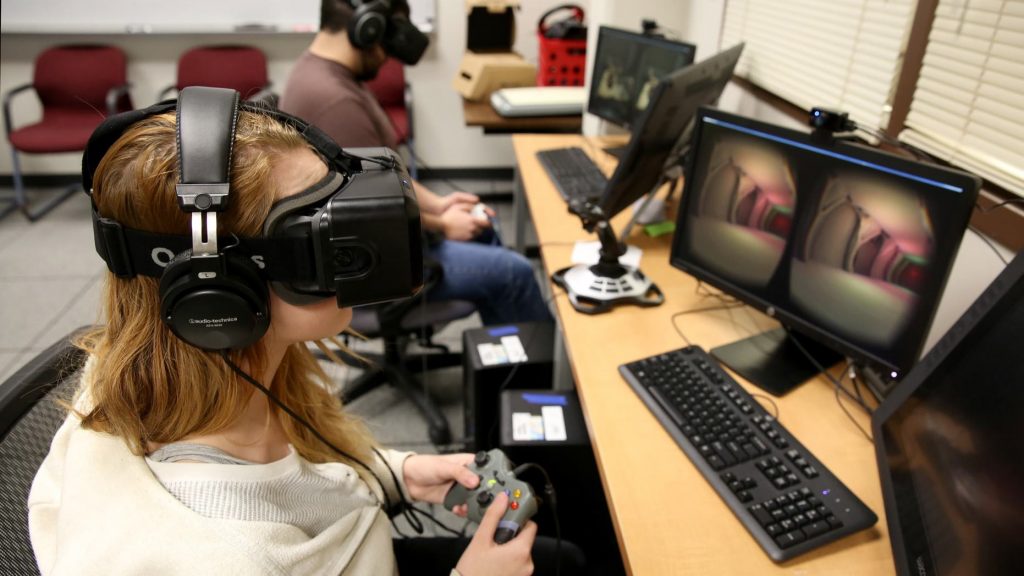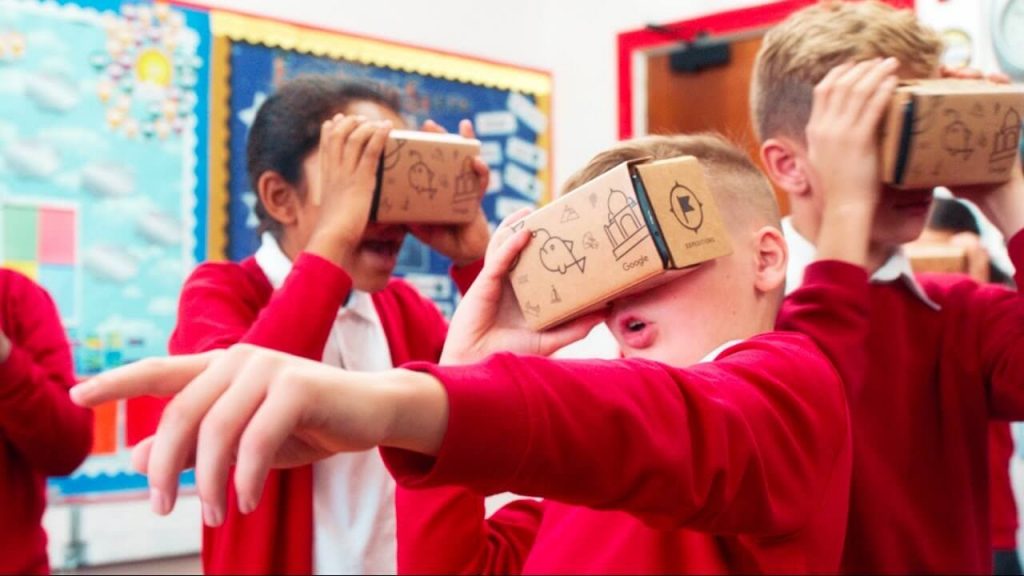Virtual Reality and Augmented Reality technologies are already becoming more widespread than just being used in the gaming industry for more immersive gaming experiences. Indeed, VR and AR are being used in so many different industries – including the sphere of education.
One of the best things about Virtual Reality technologies is that they can empower equity in education providing unique opportunities to students of all kinds. Hence, here’s how to empower equity in education with the help of VR.
#1 Engaging Students in The Classroom
First and foremost, VR solutions will allow you to engage students in the classroom more effectively which will ensure that no student feels left out. When all the students are engaged in the group work, it is much easier to have all of them learning the content you present at the same rate rather than someone falling behind.
Students often learn information at their own pace which is why some are able to grasp everything instantly while others need more attention from the teacher. However, by making students more engaged and attentive to the content, you will be able to explain this content better and help them learn it faster.
#2 Immersing Students into The Learning Process
While engagement is extremely important for creating equity in the classroom, immersion is also just as crucial. Experts from the top writers list agree that immersion helps students of different backgrounds and possessing different learning skills to enjoy the learning process more. With such positive emotions, it becomes way easier to remember information.
When it comes to the most basic level, enjoyment is a crucial part of the learning process. If a student hates a particular subject or the teacher associated with the subject, they will likely be unable to learn properly. This means that when you create better immersion with the help of VR and the student starts enjoying the process more, they will be way more likely to learn faster and easier.
#3 Students Having Closer Experiences in Education
Another unique aspect that Virtual Reality solutions can bring to the educational process is the fact that students can have closer experiences with the educational content. In other words, instead of being detached from the process and the content of the lessons, students will be able to better connect with the said content.
As mentioned earlier, emotions are crucial to the students’ learning process, and when students can get closer experiences and can connect with the content better, such emotions will obviously be more positive. Think about such connections as a way to help students enjoy the learning process and the groupwork more.
#4 Personalizing Student Learning Paths in Education
As mentioned earlier, students usually learn at their own pace which means there will be those learning faster and those falling behind. This is why personalization is so important for empowering equity in the classroom. When you personalize student learning paths, you create an opportunity for each student to learn easier and faster, something that has been an issue for educational environments all over the world.
Experts from educational ratings sites stress the vitality of personalization in learning spaces. VR solutions often possess AI-powered software which will help teachers find the best approach to each student separately and will let the students learn at their own pace while following their individual, personalized learning paths.
#5 Making Complicated Topics More Digestible
In a time when we are surrounded by information, it’s obvious that some courses can be particularly complicated even for overachievers. This means that learning can become increasingly difficult for students of all backgrounds and with different learning skillsets. This is why making complicated topis more digestible is so essential – and that’s exactly what VR can do.
One of the biggest advantages of using VR is that this technology allows you to gamify the learning process. When you gamify the process, it is much easier to simplify educational content and deliver it in bits and pieces that are easier to learn one at a time. In a way, this is similar to how infographics work – they break down complex processes and deliver them in a more simplified yet equally informative way.

#6 Helping Students with Special Needs
Last but not least, using VR in education can help students with special needs. Such students are often overlooked even to this day, in an age when there are so many opportunities available for anyone and everyone. Though students with special needs are getting more attention from high-profile educational institutions, low-profile institutions may still be struggling to provide a good experience to them.
However, this can be changed by implementing VR technologies into your strategy. Virtual Reality solutions empower equity through all the benefits listed above. From gamification to higher immersion to better connection with the content, VR is able to make students with special needs more receptive to educational content. Moreover, personalized learning paths allow such students to keep up with others and feel like an integral part of the team.
Final Thoughts
To sum up, Virtual Reality technologies can definitely be extremely useful when it comes to improving the sphere of education. By using VR, you will be able to create more equity in the classroom and beyond it in other educational activities in the relevant educational institutions. Apply the tips and practices from this article to help you set up your own VR-powered strategy for educating your students.





